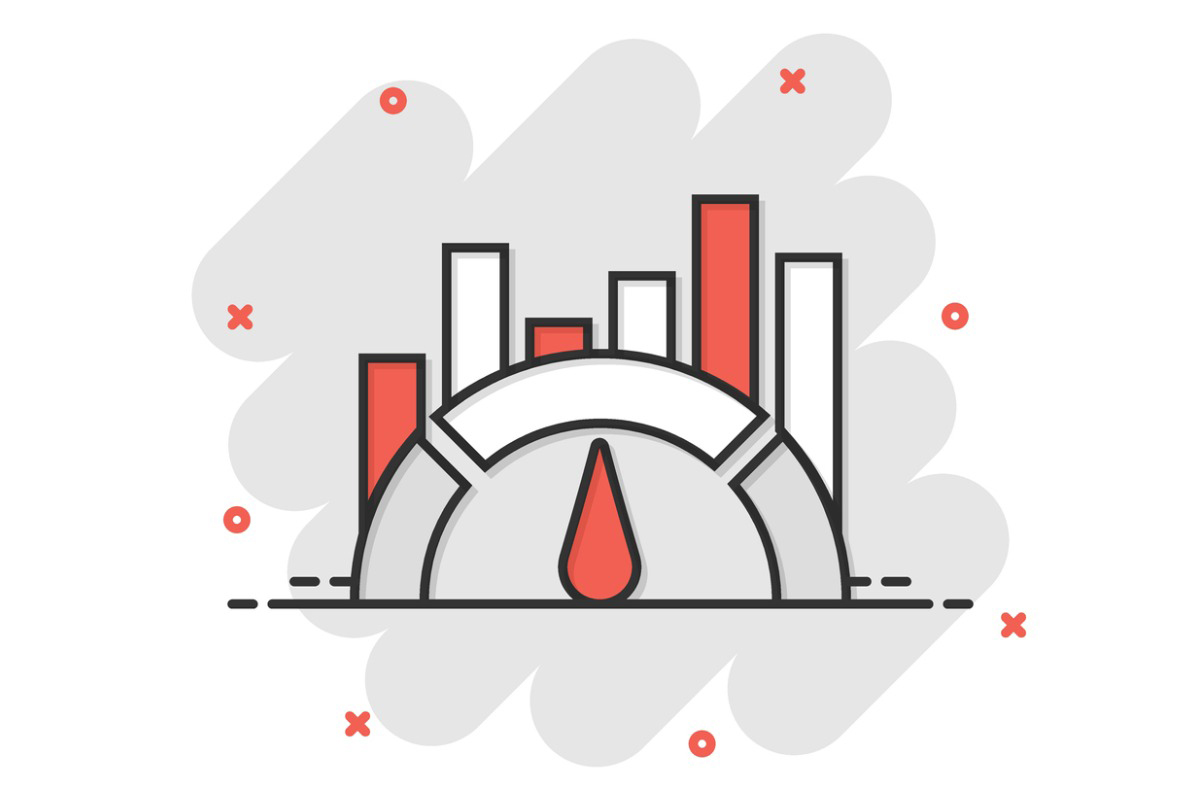
Higher interest rates are driving a period of higher defaults and workouts in the private credit industry, according to the recent Kroll Bond Rating Agency report. The market has grown dramatically, from $234 billion in 2008 to $1.2 trillion in 2021, the report said.
“The impact of rising interest rates, the slowing global economy, inflation, and weaker private company valuations will likely present more sustained challenges as well as higher default rates than experienced during the pandemic,” the Kroll analysts write. “Investors have been attracted to the prospect of higher-than-average risk-adjusted returns relative to other asset classes.”
Meanwhile, “Institutional capital, such as pension funds and insurance companies, have been attracted to private credit because the interest yields are higher than traditional fixed income, and the interest rates are typically adjustable, which is beneficial in a rising interest rate environment. However, these higher yields are achieved at the price of lower liquidity.”
Given the recent and sudden rise in interest rates in 2022, the Kroll team applied interest rate stresses to most of the middle market private companies in its portfolio of 2,400+ credit assessments, constructed of “evaluations of the creditworthiness of an unrated issuer that are unpublished and confidential.”
In an interview with Chief Investment Officer, William Cox, global head of corporates, financials, and government ratings at the Kroll Bond Rating Agency, said, “applying this stress is important because we all know that these companies are experiencing this increase in cost today, but their financial statements won’t seem to reflect this for six, to nine, to 12 months.”
The guiding question of the stress test was “what new burden do direct lenders have relative to what they had at the beginning of the year in needing to service companies that are now unable to support their interest expense from current cash flow?” said Cox.
The findings of the stress test were that smaller companies, ones on the lower rung of credit quality, with limited capacity to pay for rising interest costs from current cash flows, participating as borrowers in the market, will be most severely impacted, the report said.
The results found that while a 30% increase in interest expense thus far in 2022 does reduce the financial flexibility of a typical borrower, this increase does not cause a dramatic decline in the assessed credit quality of borrowers.
Regarding leverage, the report cites that “the median total debt-to-EBITDA and EBITDA-to-interest ratios for assessed borrowers stood at 6.1x and 1.9x, respectively, evidence of the higher leverage and lower coverage ratios of private credit borrowers.”
Cox emphasized that the rapid increase in federal interest rate benchmarks has increased interest expense for individual companies. “
In response to higher interest rates and market headwinds, asset managers have implemented protective changes to their underwriting standards such as the elimination of covenant-lite loans, reducing recurring revenue loans, and lending at more conservative levels of leverage, Kroll analysts wrote.
In this inflationary episode, the European private credit market has notably less immediate pressure from rising interest rates. This is due to the starting point of rates in Europe being negative, allowing borrowers more cushion to absorb rate hikes. However, higher inflation may end up being stickier in Europe due to the war in Ukraine and subsequent energy crisis, leading to the possibility of a deeper recession.
In the U.S. private credit market, successful cooperation between lenders and sponsors, which Kroll analysts argue will limit defaults, would be challenged if permanently higher rates cause credit financing to be unaffordable for some borrowers, and equity infusions could not be justified in the context of lower evaluations.
Investors in the private credit sector may be at risk of write-downs because of valuations cratering due to rising rates, which effects L.P. investors in equity-deals and in most BDC structures.
Additionally, risks for investors in the private credit market stem from for borrowers’ inability to meet debt interest payments. This puts pressure up the investment ladder, providing a systemic risk to bond investors in collateralized loan obligations, the sister-product of the securitized debt obligation, the collateralized mortgage obligation, that famously collapsed as an investment product creating the widespread carnage of the 2008 financial recession.
Kroll analysts say the private credit industry is able to minimize systemic risk from defaults and market distress due to lenders being willing to extend financing in periods of market stress, the strong relationships existing between private equity sponsors and private credit lenders, loan diversification across sectors in the private credit universe and private credit shops being funded by a diverse base of patient institutional investors such as pensions, private equity funds, and structure financial vehicles.
In addition, simplified capital structures in the sector allow for easy reorganization of loans, and – since most private credit lenders concentrate in first-lien senior secured loans and unitranche strategies – in the event of a downturn, these lenders will experience strong recovery rates due to covenants that provide excess protection for lenders.
As consequence of current market dynamics, the report’s authors write that “lenders are likely already enhancing their credit monitoring process by building robust early detection systems to find those companies that will be most exposed to high interest rates and developing customized restructuring solutions that may be needed to address the borrower’s capital structure.
“The resolution of lower leverage may come at the expense of equity holders, and so lenders may need to make difficult choices, such as the trade-off between harvesting the returns from rising variable interest charges or managing their portfolio toward more workouts and restructuring activities at the expense of their relationship with equity sponsors,” the report said.
Related Stories:
Private Credit: Too Risky? Not for Asset AllocatorsHow CLOs, Despite Seeming Risky, Got to Be So Popular
Credit Investments to Watch: Private Credit, Securitized Credit, and Alpha-Oriented Mandates
Tags: BDC, CLOs, KBRA, Kroll Bond Rating Agency, Private Credit, Private Equity, William Cox

